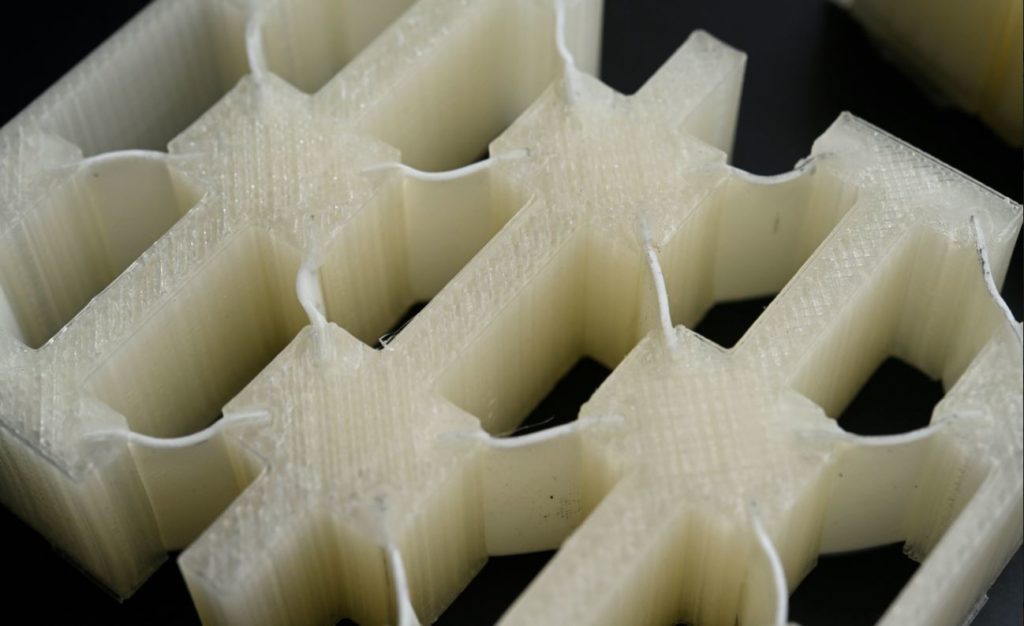
A team of Johns Hopkins University researchers created shock-absorbing material that protects like a metal, but is lighter, stronger, reusable. The new foam-like material could be a game-changer for helmets, body armor, and automobile and aerospace parts.
“We are excited about our findings on the extreme energy absorption capability of the new material,” said senior author Sung Hoon Kang, an assistant professor of mechanical engineering. “The material offers more protection from a wide range of impacts, but being lighter could reduce fuel consumption and the environmental impact of vehicles while being more comfortable for protective gear wearers.”
Kang, wh...
Read More








Recent Comments